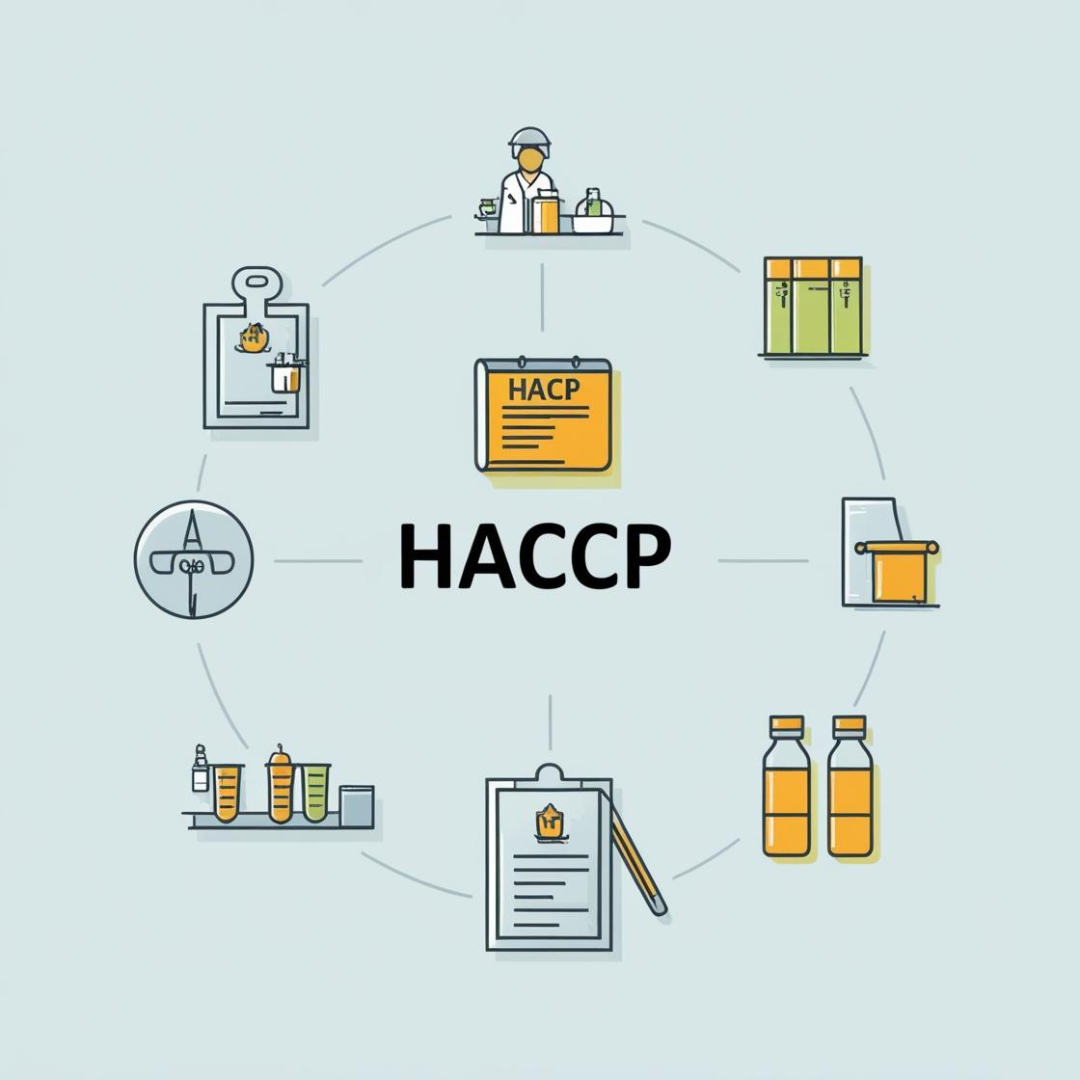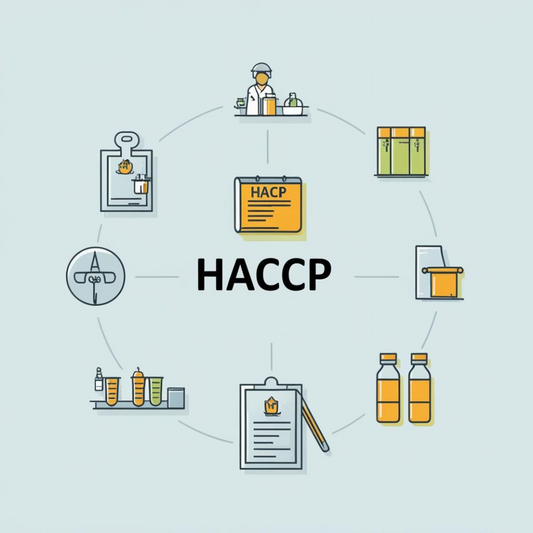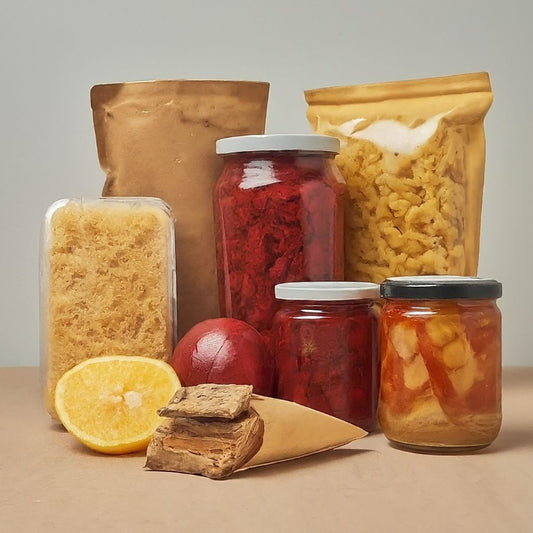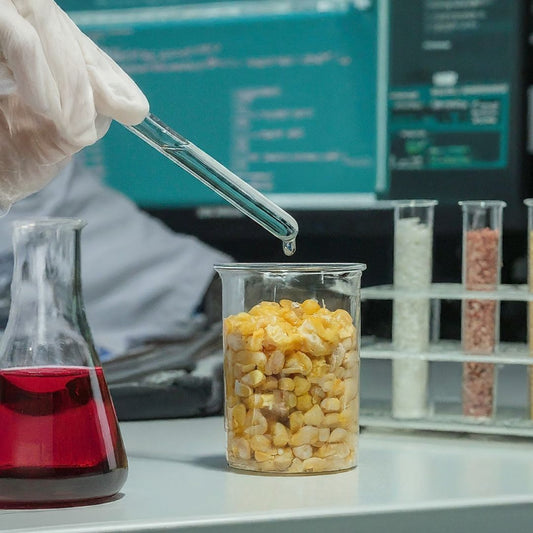💧 Waterless Food Processing – Redefining Sustainability in Food Tech
Share
Freshwater is becoming one of the scarcest resources in the 21st century. Traditional food industries—from dairy to beverages—use billions of liters of water every year, not just for processing but also for cleaning, extraction, and transport. To tackle this, waterless food processing is emerging as a game-changer in sustainable food technology.
🔹 1. Dry Extrusion & Milling (Plant Proteins & Cereals)
Conventional methods often involve soaking, boiling, and rinsing grains or legumes. With dry extrusion, proteins and starches are processed without water.
👉 Example: Beyond Meat uses low-moisture extrusion for pea protein texturization, reducing water use drastically compared to traditional methods.
🔹 2. Spray-Drying & Vacuum Technologies (Dairy & Nutraceuticals)
Instead of transporting liquid milk or coffee, companies are shifting to powders using spray drying or vacuum dehydration.
👉 Nestlé cut water usage in its milk powder plants by 30% with advanced drying methods, while Starbucks VIA instant coffee saves water by eliminating brewing waste.
🔹 3. Enzyme-Driven Processing (Protein & Oil Extraction)
Water-heavy solvent extraction is being replaced with enzymatic processes that require minimal liquid.
👉 Novozymes has developed enzyme solutions for extracting soy and rapeseed proteins with reduced water inputs.
🔹 4. Waterless Brewing & Beverages
Transporting water-heavy beverages wastes resources. Innovative systems now use concentrated bases + carbonation at the point of consumption.
👉 Cambridge Consultants’ “BrewVo” creates beer from concentrated formulations—breweries ship only flavor concentrate, saving billions of liters of water.
👉 PepsiCo is also piloting “water-free soda plants” by using atmospheric water recovery in processing.
🔹 5. Future Scenario – Dry Factories
Imagine a waterless snack plant where chips are fried with infrared heat, dairy proteins are spray-dried onsite, and beverages are shipped as concentrated powders or syrups—then rehydrated by consumers.
🌍 Why It Matters
Saves millions of liters of freshwater annually
Reduces wastewater generation & treatment costs
Supports net-zero and SDG-6 (Clean Water & Sanitation) goals
Makes food systems resilient to climate-driven water scarcity





